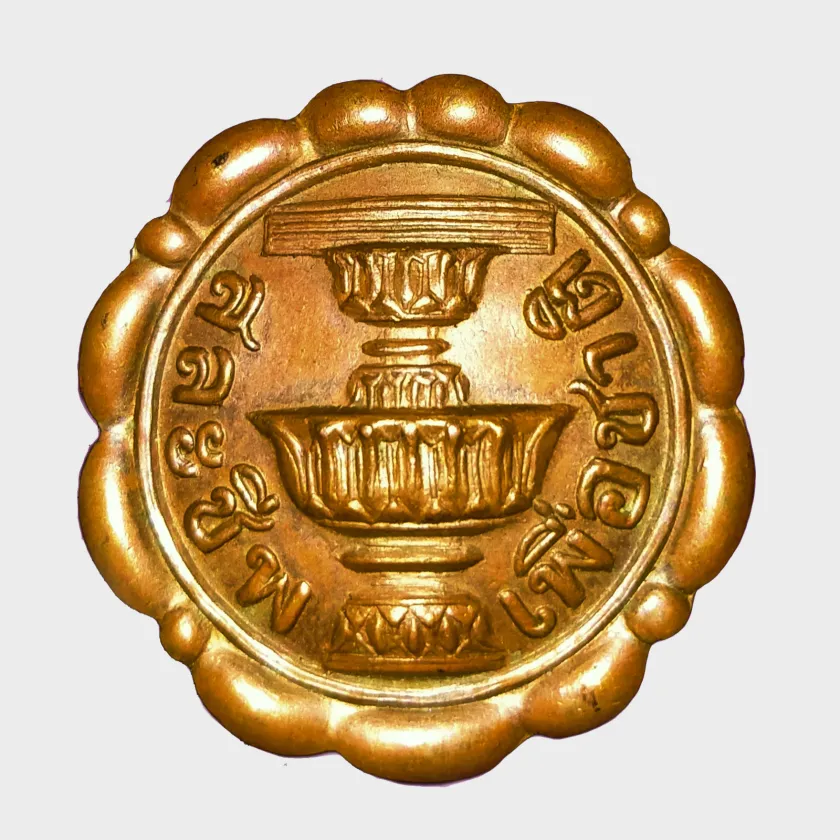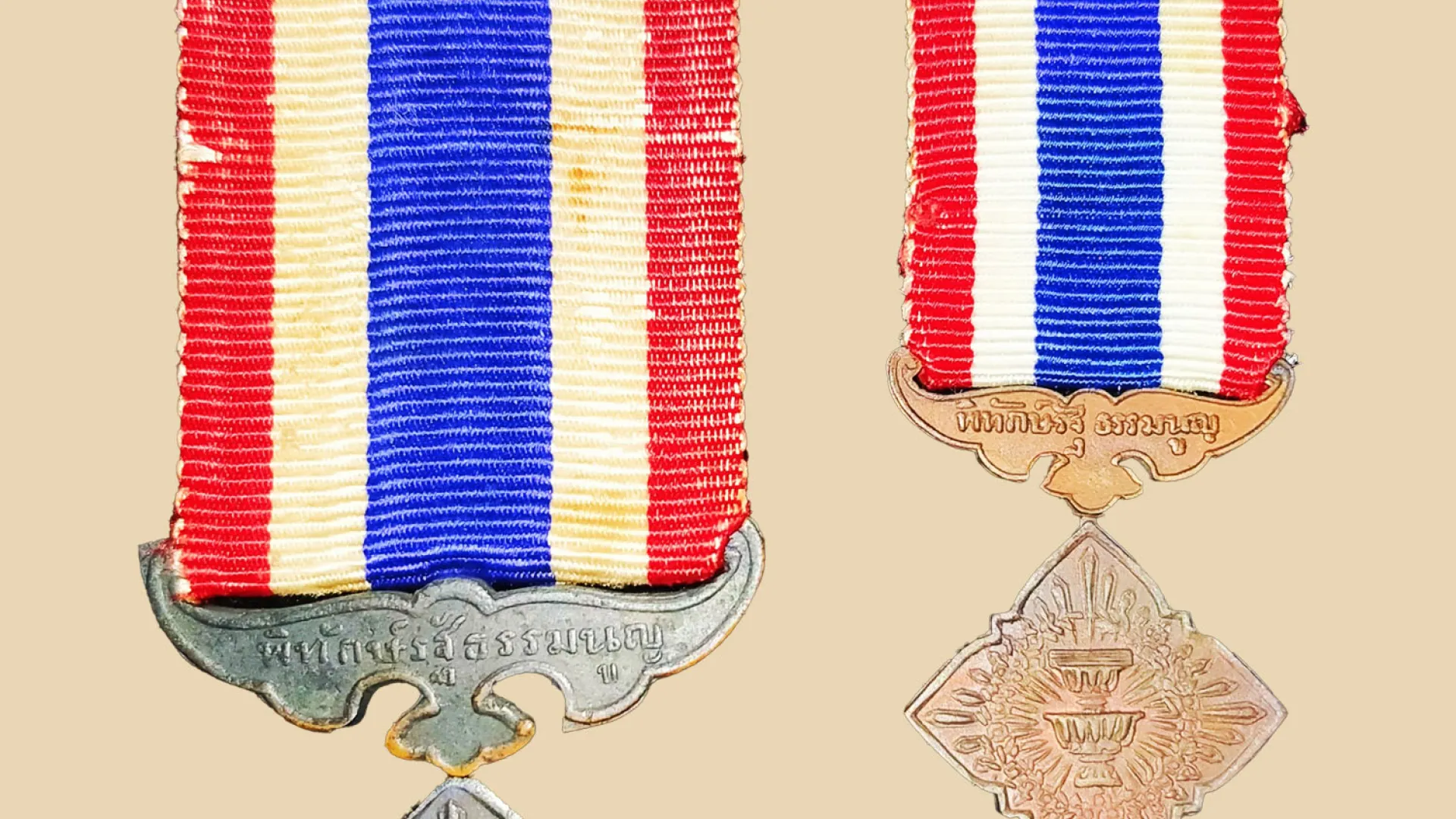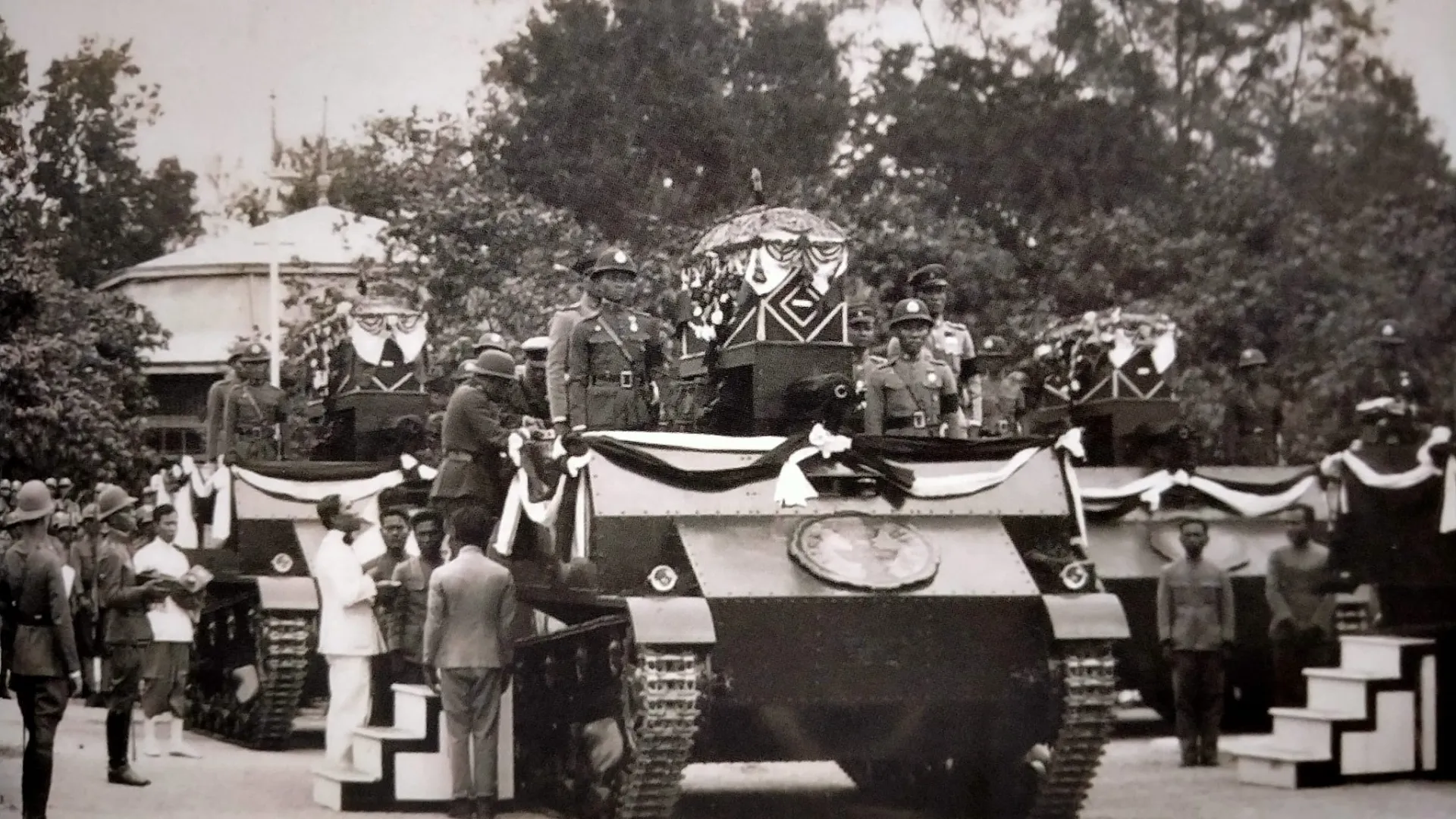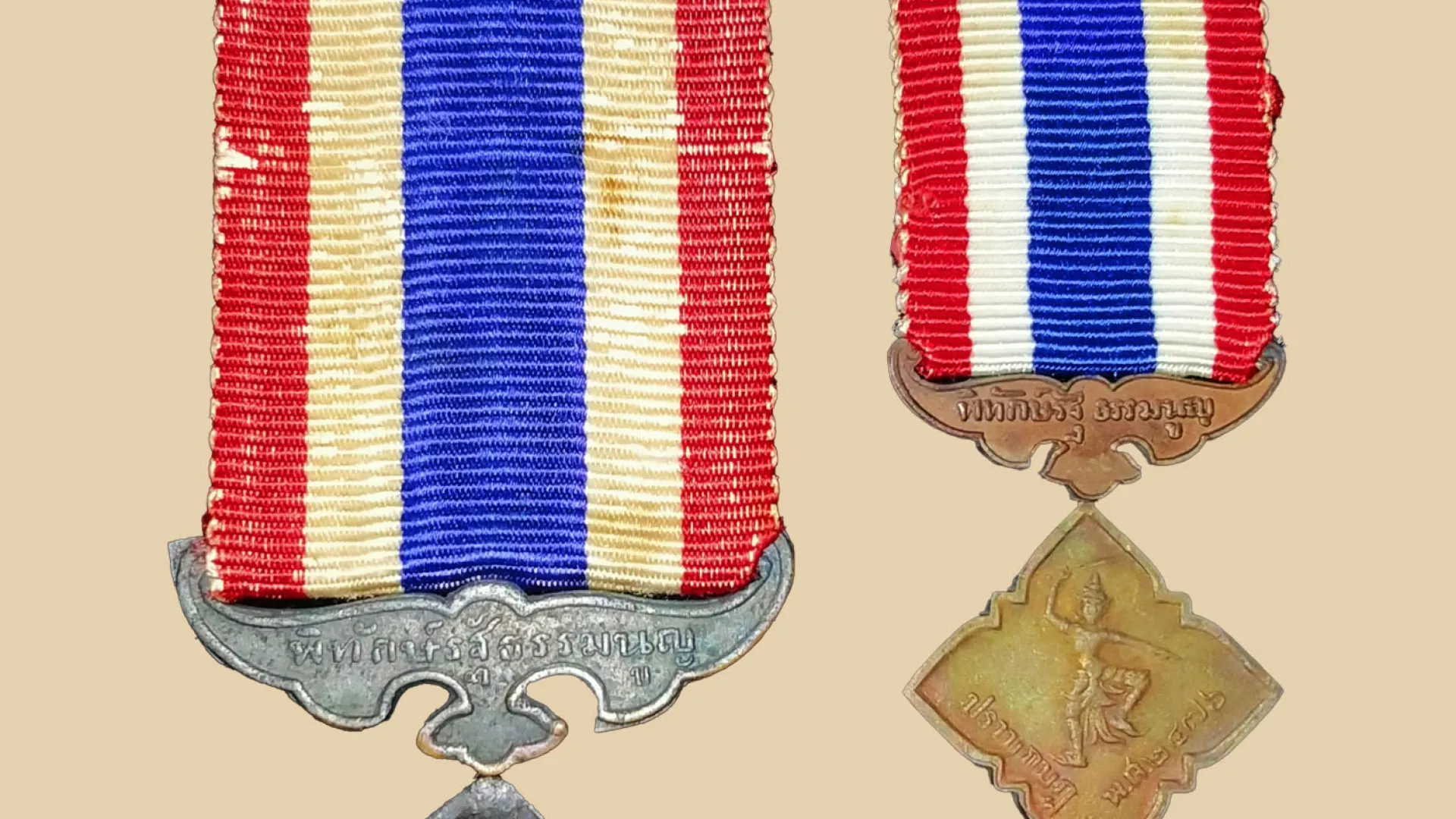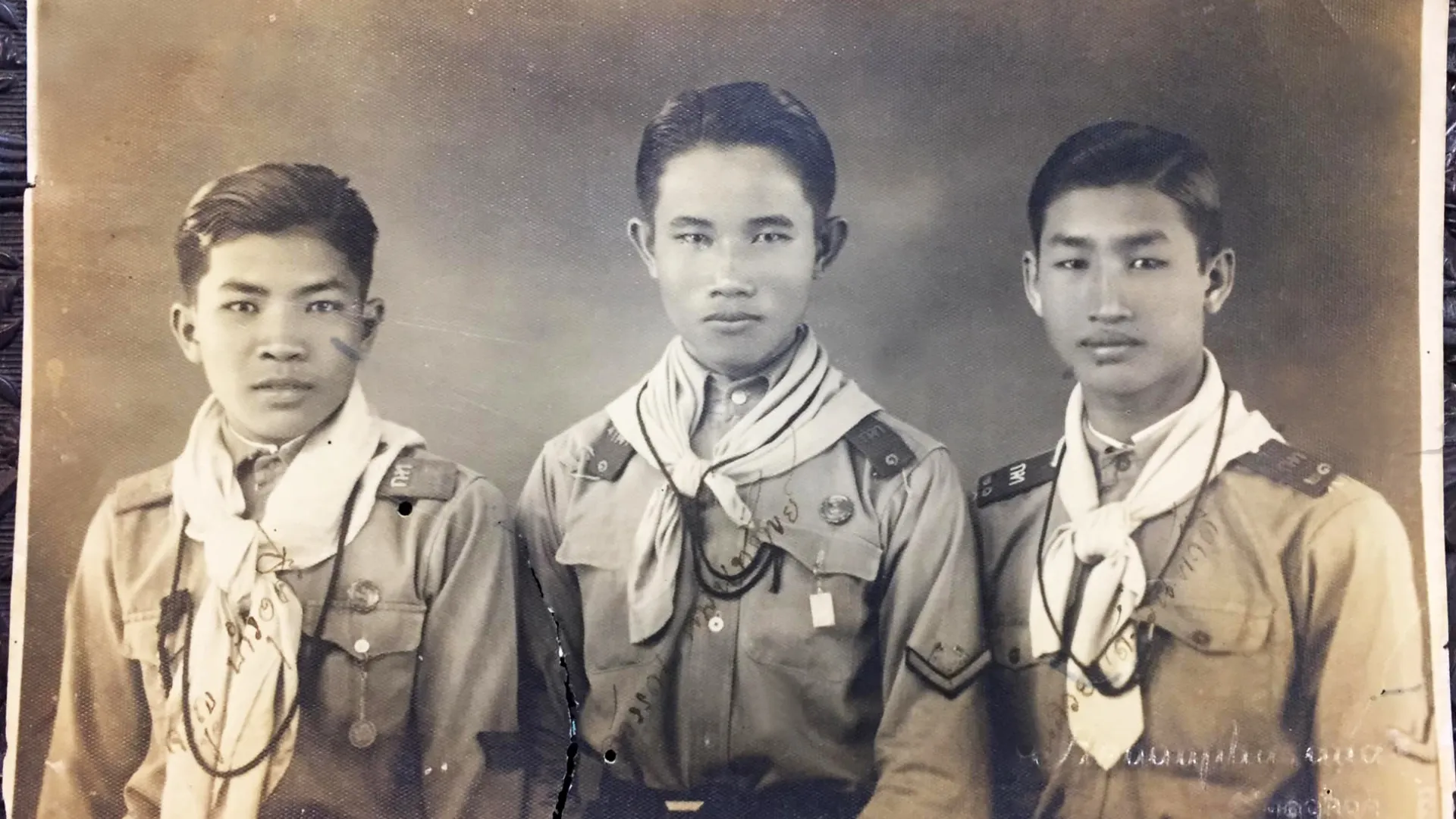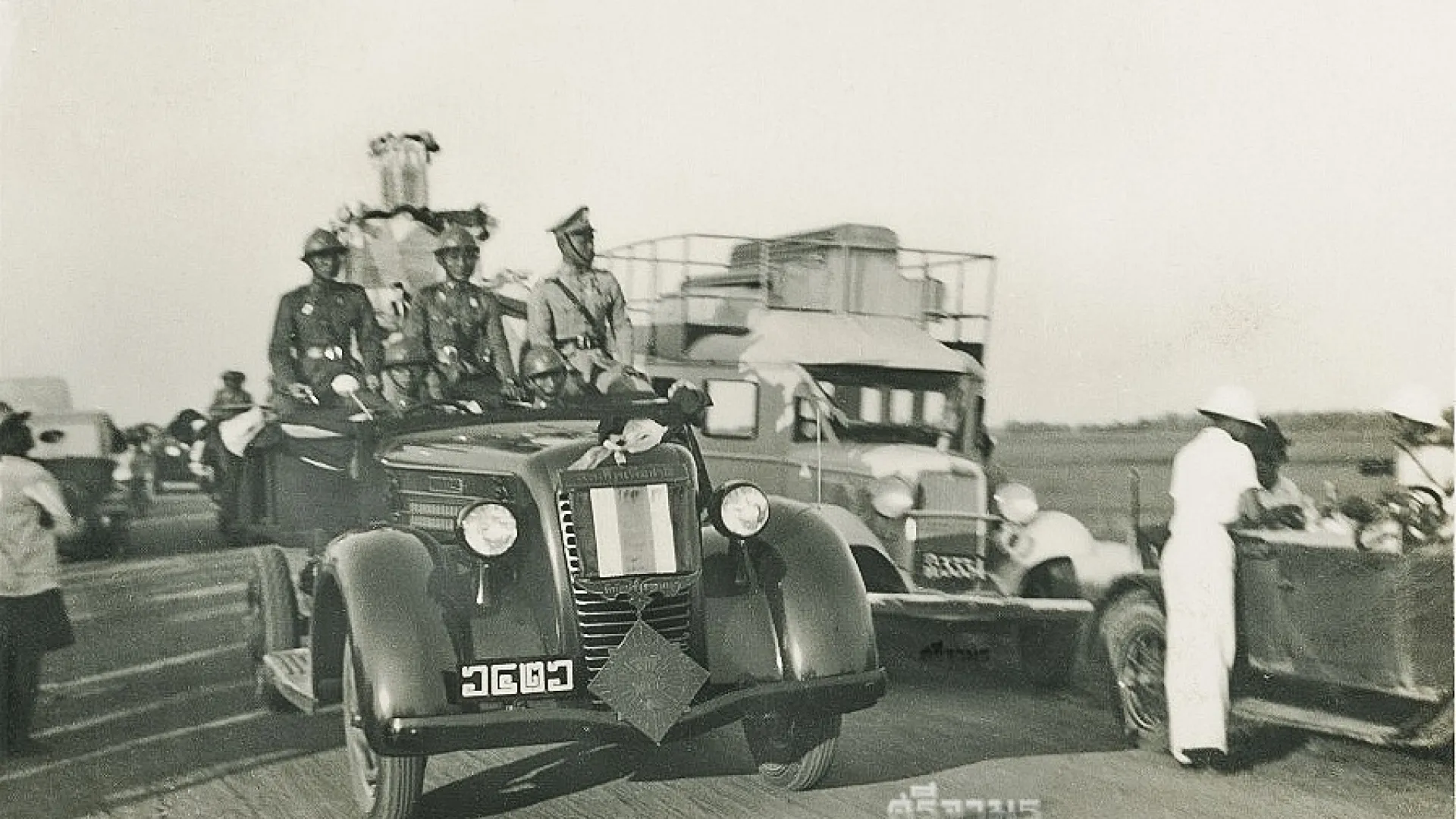During the suppression of the Boworadet Rebellion in October 1933, the People's Party government relied on the military and police as the primary forces to combat the Boworadet rebels. However, once the public learned that the rebel forces were advancing towards the capital, this news galvanized people across Siam to volunteer in support of the government to suppress the rebellion and preserve the constitutional regime and national peace. Citizens from various professions, including civil servants from various agencies, teachers and students, Boy Scouts, workers, journalists, merchants, lawyers, prisoners, and monks, eagerly assisted the government in suppressing the Boworadet Rebellion. This phenomenon of public volunteers defending the new regime was evident as reserve soldiers reported for duty even without a formal mobilization order. Boy Scouts in the capital and provincial towns took turns maintaining order at government buildings and were involved in transporting supplies and ammunition to the front lines. Many people from the northeastern provinces formed groups to defend their towns from being captured by the rebels. Additionally, numerous citizens supported the government by providing goods, food, and financial contributions for the suppression of the rebellion. It can be said that the success in suppressing the Boworadet Rebellion was due to the bravery, sacrifice, and widespread cooperation between the people and the government to protect the constitutional regime.
During the suppression of the Boworadet Rebellion, the government created a symbolic object, the "Constitution Pin," also known as the "Sacrifice Life for the Nation Pin," totaling 5,000 pieces. These were distributed to government officials and civilians to honor their role in suppressing the rebellion. The pin was designed and produced by Luang Narumitrekhakan, manager of the Art Room. The pin was made of bronze, featuring the constitutional emblem and the inscription "Sacrifice Life for the Nation." When the Boworadet Rebellion ended, the government also distributed these pins to students and Boy Scouts in both the capital and Ayutthaya to recognize the contributions of those who helped defend the new regime. This led to a widespread trend of wearing the Constitution Pin on both government uniforms and Boy Scout uniforms. Furthermore, the Constitution Pin was used to decorate the procession honoring 17 soldiers and police officers who died suppressing the Boworadet Rebellion at the Dusit Palace on November 30, 1933. Due to this popularity, various versions of the Constitution Pin were produced for public sale from late November 1933, leading the government to issue a warning to vendors in mid-December 1933 against selling the pins at excessive prices.
At the same time that the Constitution Pin gained high popularity in Thai society, the Phahon Phonphayuhasena government enacted the “Constitution Protector Medal Act, 1933” to establish the “Constitution Protector Medal” as an award for those who assisted the government in suppressing the rebellion. The House of Representatives passed this law urgently on December 4, 1933. The “Constitution Protector Medal,” or simply the “Rebellion Suppression Medal,” designed by Luang Narumitrekhakan, is a blackened bronze square-shaped medal. The front features the Constitution within a floral wreath radiating around it, while the back depicts Phra Siam Devathiraja wielding a sword in the act of vanquishing enemies, with the inscription “Suppression of Rebellion, 1933.” The medal hangs from a ribbon with the inscription “Constitution Protector” and is adorned with a metal pin reading “Sacrifice Life for the Nation.” The design and inscription reflect the use of the Constitution as a political symbol of the new regime, alongside the reinterpretation of Phra Siam Devathiraja as the protector of the constitutional regime from the rebellion in 1933.
The government initially produced 5,000 Constitution Protector Medals for distribution during the 1933 Constitution Day celebrations. Another 30,000 medals were planned for distribution to those who assisted in suppressing the rebellion nationwide. Additionally, the government issued regulations for wearing the Constitution Protector Medal, specifying that it should be worn on the left side of the chest on all occasions when in military, police, or Boy Scout uniforms, while civilians should wear it only during royal ceremonies or state functions.
The creation of the Constitution Pin and the Constitution Protector Medal following the suppression of the Boworadet Rebellion in 1933 exemplifies the establishment of a network of people in society aligned with the new regime through constitutional symbols. Those who received these items from the state were honored as individuals who were willing to sacrifice their lives for the nation and the constitution. Evidence of this effort to build a mass network through symbolic objects is shown by the government awarding nearly 20,000 Constitution Protector Medals to various groups from 1933 to 1940, including government members, royal descendants, military and police officers, civilians, teachers, students, Boy Scouts, merchants, workers, and ordinary citizens. Moreover, the government issued certificates and personal manuals for recipients of the Constitution Protector Medal, confirming their merit in the 1933 rebellion and noting them as “loyal to the country, religion, monarchy, and constitution.” These individuals were given preference for government positions, promoting the integration of supporters of the new regime into the bureaucratic system to advance the People's Party government's objectives.
The Constitution Protector Medal was last awarded in 1940. However, with the revival of the People's Party after the 2006 coup, the Constitution Protector Medal was reintroduced and given a new meaning. During the political movement of the Red Shirt group, which opposed the coup, the Red Shirts in Ayutthaya created a “Rebellion Suppression Medal, 2006-2007,” based on the design of the Constitution Protector Medal but with a revised size and pattern. The new version replaced the ribbon with a loop and changed the inscription on the back from “Suppression of Rebellion, 1933” to “Suppression of Rebellion, 2006-2007.” Additionally, these Red Shirt Rebellion Medals were blessed by several monks on November 23, 2007, in Phra Nakhon Si Ayutthaya. This phenomenon reflects the attempt to connect the Red Shirts with the People's Party through the reproduction of the 1930s Constitution Protector Medal, creating new value and meaning for the Red Shirt Rebellion Medal as a sacred object to inspire and motivate the political struggle between the Red Shirts and the royalist/conservative network following the 2006 coup.
